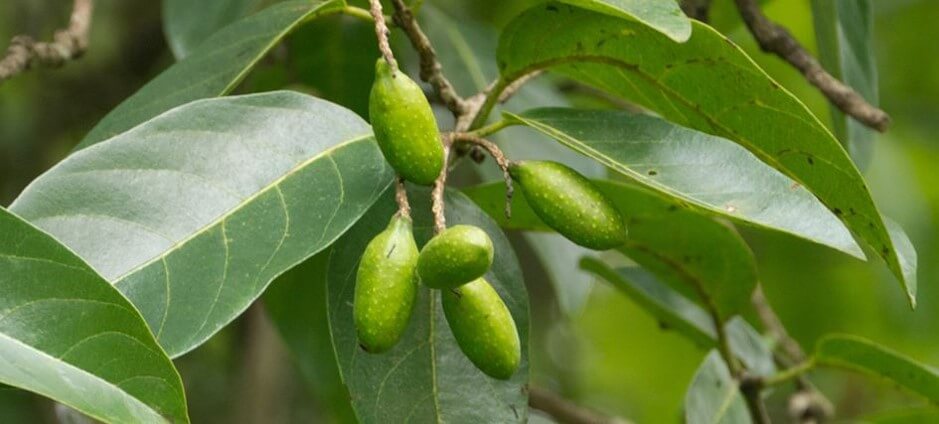
Contents
The Haritaki plant in India
This plant grows from 600 meters to 1500 meters in elevation throughout India. There are a number of sub varieties of the Haritaki plant that have been reported , there being 7 varieties that have been identified.
Haritaki Plant Summary
Source http://www.ncbi.nlm.nih.gov/pmc/articles/PMC3902605/
Haritaki (Terminalia chebula Retz) is held in high esteem in Ayurveda for its properties to prevent and cure diseases. It has enjoyed the prime place among medicinal herbs in India since ancient times. It is called the ‘King of Medicines’ and is always listed first in Ayurveda because of its extraordinary therapeutic benifits.
Data on this medicinal plant is available in all Ayurvedic classics as well as in the Nighantus and works on the materia medica of Ayurveda. The details of the plant are also mentioned in Tibetan literature and various floras of medicinal plants. It is found throughout India up to an altitude of 1500 m.[1] Fruit rind is used as medicine and is one of the ingredients in Triphala (three myrobalans). This plant is used externally in wound healing, fungal infections, inflammations of the mucous membrane of the mouth, and internally as a rejuvenative, astringent, purgative, stomachic, and laxative. It is useful in asthma, piles, and cough.[2,3]
Haritaki Plant varieties
In Ayurveda seven varieties of Haritaki fruits, namely, Vijaya, Rohini, Putana, Amrita, Abhaya, Jivanti, andChetaki has been described.[4]
Haritaki Plant History
Ancient scholars have described its varieties along with its sources, identity features, and therapeutic uses. Many scholars have studied the pharmacological screening of the drug. However, Vaidya Bhagawan Dash[5] has only tried to correlate the variety of the plants in the context of Ayurveda and Tibetan medical science. Hence, a comprehensive study to discover collective data on the variety of haritaki (Chebulic myrobalan) mentioned in Ayurvedic as well as other literautures are carried out for botanical standardization.
To find out more about Haritaki and to purchase it please go to this link
This link here has more information on the Haritaki Plant
https://www.youtube.com/watch?v=nJjubqHmwnk
